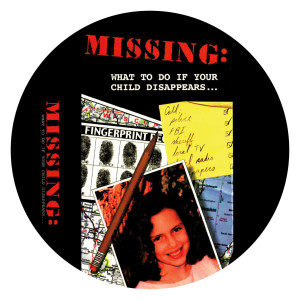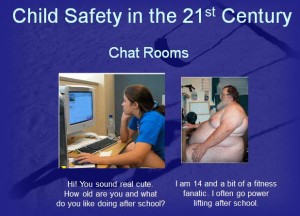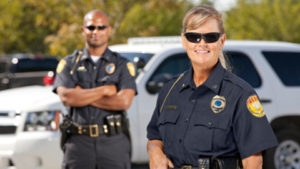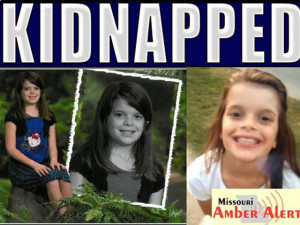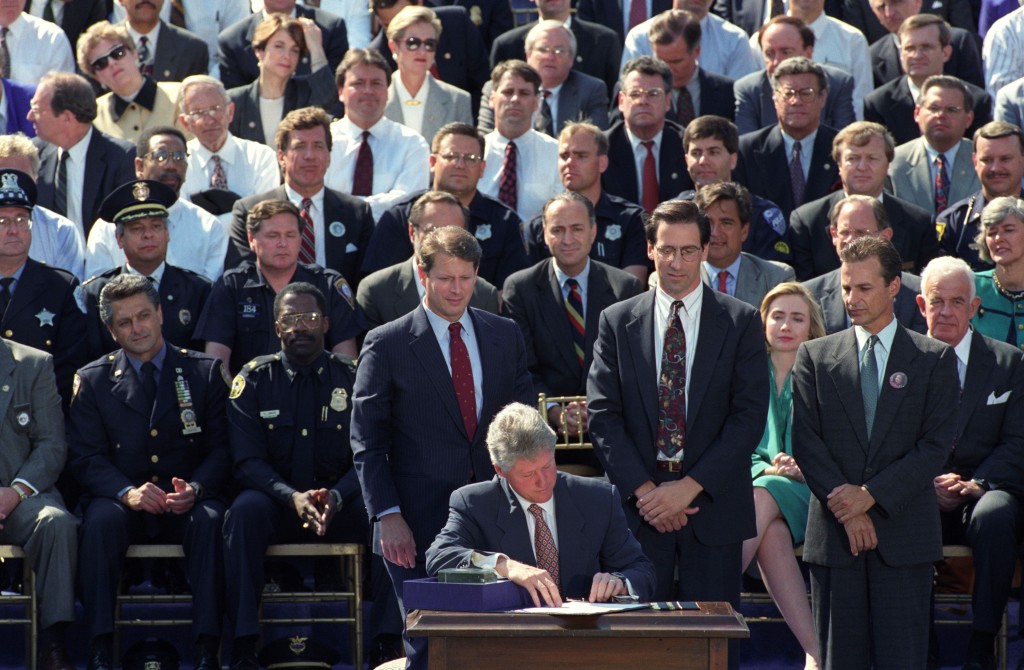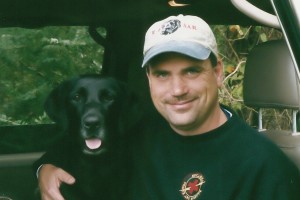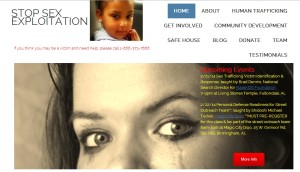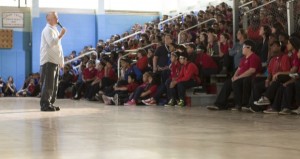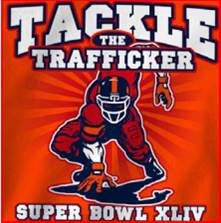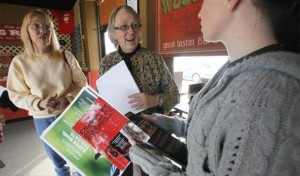By Meghan Moroney
 Members of┬ĀFight Crime: Invest in Kids, national┬Āanti-crime┬Āorganization of police chiefs, sheriffs, district attorneys and victim advocates with 400 members in California and close to 5,000 members nationwide, visited┬Āthe Capitol today to urge legislators┬Āand administration officials to support evidence-based┬Āprograms proven to keep children in school and away from crime.
Members of┬ĀFight Crime: Invest in Kids, national┬Āanti-crime┬Āorganization of police chiefs, sheriffs, district attorneys and victim advocates with 400 members in California and close to 5,000 members nationwide, visited┬Āthe Capitol today to urge legislators┬Āand administration officials to support evidence-based┬Āprograms proven to keep children in school and away from crime.
Marc Klaas and Krystine Dinh of The KlaasKids Foundation, and Dr. Griffin Dix of the Brady Campaign to Prevent Gun Violence, joined other┬ĀFight Crime: Invest in Kids┬ĀCalifornia┬Āmembers┬Āin meetings with over 20 key policymakers and┬Āadministration officials.
ŌĆ£Getting kids prepared for success in school, and then keeping them┬Āin the classroom and on track to graduate are two of the most effective ways┬Āto keep our streets and communities safe,ŌĆØ said┬ĀFight Crime: Invest in Kids┬ĀCalifornia┬ĀState Director┬ĀBrian Lee. ŌĆ£WeŌĆÖre fortunate to have so many law enforcement leaders and victim advocates as members who recognize this and work to support policies and funding for programs that help keep kids off the streets and away from crime.ŌĆØ
Members of┬ĀFight Crime: Invest in Kids┬ĀCalifornia┬Ācalled on legislators from both sides of the aisle to increase state funding for programs scientifically┬Āproven to steer kids away from crime,┬Āsuch as┬Āhigh-quality early┬Āeducation and dropout prevention strategies that address truancy and chronic absence. It is estimated that a 10-percentage-point increase in high school graduation rates would reduce violent crimes by 20 percent, and could prevent 400 murders and 20,000 aggravated assaults.
Research shows that kids who receive high-quality early education and┬Ācare are more likely to graduate from high school and less likely to ever┬Ābecome involved in crime. Fight Crime: Invest in Kids┬ĀCalifornia┬Āmembers┬Āasked lawmakers to support SB 837, a bill authored by Senate President pro Tempore Darrell Steinberg that would make early education available to all 4-year-olds by expanding the stateŌĆÖs transitional kindergarten program.
Fight Crime: Invest in Kids┬ĀCalifornia┬Āmembers also┬Āasked lawmakers to support AB 1866 (Bocanegra), which would help identify early warning signs for dropout by tracking school attendance in CALPADS, the stateŌĆÖs longitudinal student data system. California in one of just four states that does not tracked individualized school attendance.
For kids already involved in the juvenile justice system, intensive family therapies, such as Functional Family Therapy (FFT) and Multisystemic Therapy (MST), have been shown to cut re-arrests by as much as 50 percent. The Mentally Ill Offender Crime Reduction (MIOCR) program used to support these evidenced-based therapy programs, yet funding for the program was eliminated several years ago. Members of Fight Crime: Invest in Kids California encouraged policymakers to support SB 1054 (Steinberg) which would restore the MIOCR program and provide $50 million for MIOCR grants, evenly divided between juveniles and adults.


